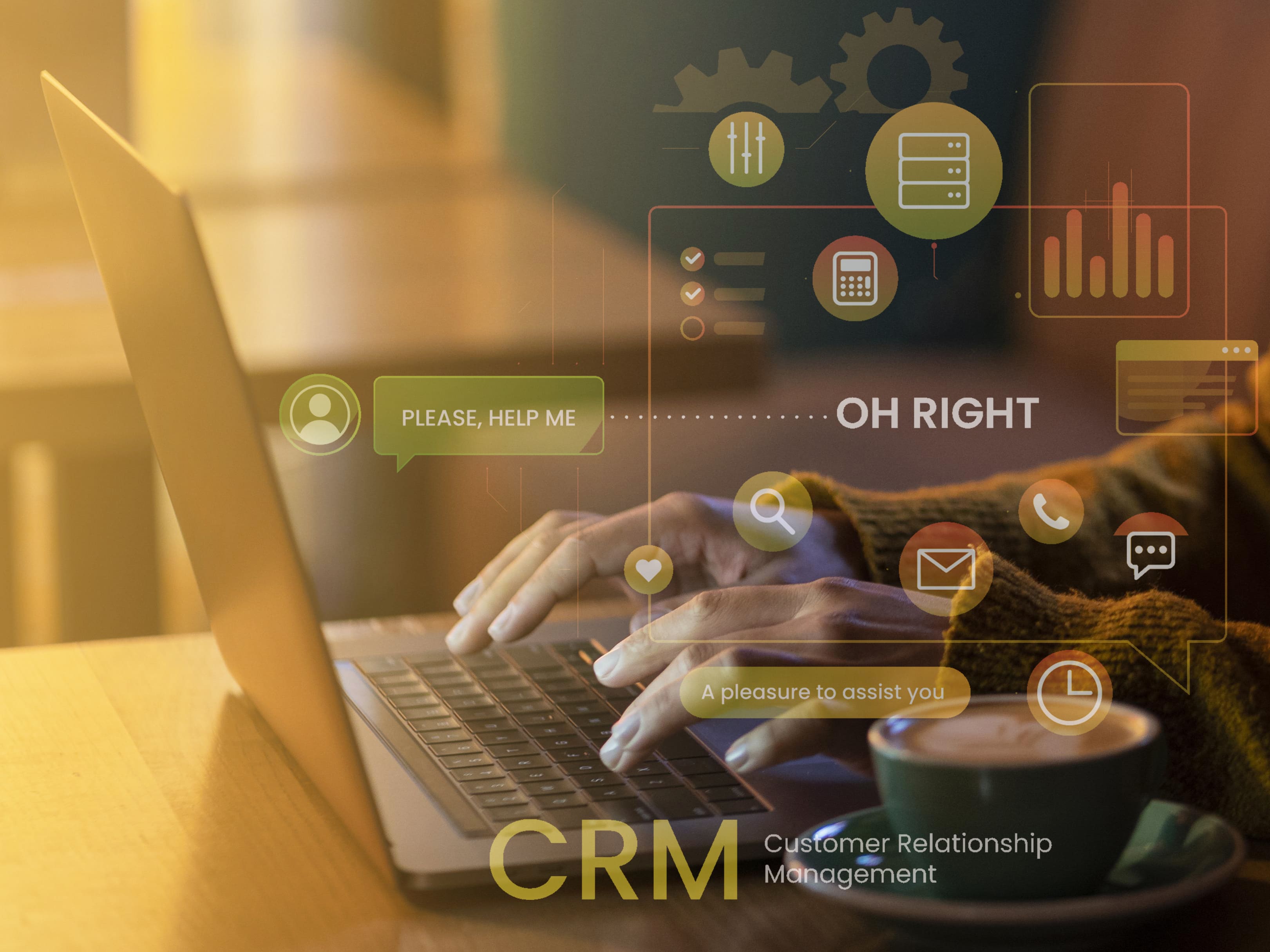
What is online merchandising?

Online merchandising is an essential strategy for any e-commerce company wishing to improve its customers' shopping experience and increase sales. But what exactly is online merchandising, and how can it help your business?
Online merchandising, also known as e-merchandising, involves the strategic organization and presentation of products on an e-commerce site with the aim of improving the customer experience and increasing sales. It involves guiding customers through their online shopping journey, presenting them with the right products at the right time, and in an attractive way.
The 3 types of merchandising :
There are three main types of online merchandising:
1. Visual merchandising: This involves creating a visually appealing shopping experience using images, videos and aesthetic design to present products.
2. Search merchandising: This type of merchandising optimizes the site's search functionality, ensuring that customers can easily find the products they're looking for.
3. Personalized merchandising: This involves using customer data to offer a personalized shopping experience, presenting products tailored to each customer's preferences and buying behavior.
Conditions for successful online merchandising
To ensure the success of your online merchandising strategy, here are a few key conditions to consider:
- A robust e-commerce platform: Choose a platform that offers flexible merchandising features, such as easy navigation, advanced search options and the ability to personalize the customer experience.
- A robust e-commerce platform: Choose a platform that offers flexible merchandising features, such as easy navigation, advanced search options and the ability to personalize the customer experience.
- Rich, high-quality product content: Invest in the creation of attractive product content, including detailed descriptions, high-quality images and, if possible, videos.
- Efficient organization of product data: Ensure that your product data is well-structured, complete and accurate. A PIM (Product Information Management) can help you centralize and efficiently manage your product data.
- In-depth understanding of your audience: Implement analytical tools to gather data on your customers' behavior, preferences and buying patterns. These insights will help you personalize your merchandising approach.
Visual merchandising for e-commerce
Visual merchandising is crucial in e-commerce, as it compensates for the lack of tactile experience customers have in physical stores. Here are some key elements to consider:
- High-quality images: Use sharp, clear, attractive images that show off your products to best advantage. Include multiple angles and, if possible, images in context of use. Use a DAM to better manage your digital assets.
- Galleries and zoom: Let customers explore products in detail by offering image galleries and zoom functions.
- Product videos: Add videos to show your products in action, which can help customers better understand their features and benefits.
- Aesthetic design: Create a coherent, appealing visual experience using careful design, harmonious colors and a balanced layout.
How does e-merchandising work?
E-merchandising involves several key steps:
- Data analysis: The online merchandiser uses analytical data to understand customer behavior, preferences and buying paths.
- Product selection and categorization: Based on these insights, the merchandiser selects the products to be highlighted and categorizes them in a logical and intuitive way.
- Organization and presentation: Products are then strategically organized and presented on the site, using visual, search and personalization techniques.
- Personalization: Using customer data, the merchandiser personalizes the shopping experience, presenting products tailored to each customer's individual interests.
- Continuous optimization: e-merchandising is an iterative process. The merchandiser monitors performance and regularly adjusts strategy based on customer feedback and analytical data.
The role of the E-merchandiser
The role of the E-merchandiser is crucial to the successful implementation of the merchandising strategy. Key responsibilities include:
- Understanding customer behavior and preferences
- Select and categorize products strategically
- Creating visually appealing shopping experiences
- Optimize search functions to facilitate product discovery
- Personalize the shopping experience for customers
- Monitor product performance and adjust strategy accordingly
- Collaborate with marketing, IT and product teams to ensure a consistent customer experience
The difference between digital branding and online merchandising
Digital branding involves creating and communicating a consistent brand identity across online platforms, including website, social media and digital campaigns. It's about conveying the brand's values, personality and promise to target customers.
Online merchandising, on the other hand, focuses on the strategic presentation of products on an e-commerce site. It involves using visual, search and personalization techniques to guide customers through their shopping journey and entice them to buy. Digital branding and online merchandising complement each other, working together to create an engaging and consistent customer experience.
Merchandising and PIM
A PIM (Product Information Management) is an essential tool for supporting an effective online merchandising strategy. It centralizes and manages all product information, ensuring complete, accurate and consistent product data. A PIM improves online merchandising by :
- Providing a single source of truth for product data, ensuring accuracy and consistency.
- Offering personalization features, allowing merchandisers to tailor product information to different channels and audiences.
- Streamline the creation and distribution of rich product content, including images, videos and detailed descriptions.
- Enabling efficient collaboration between teams, guaranteeing a consistent customer experience across all channels.
In conclusion, online merchandising is an essential strategy for any e-commerce company wishing to improve its customers' shopping experience and increase sales. Using visual, search and personalization techniques, companies can guide customers through their online purchasing journey, creating an engaging and effective shopping experience.
Need to use PIM software for your merchandising strategy? Request your free demo!
Online merchandising optimizes product presentation to guide purchase. It relies on intuitive categorization, a visual hierarchy (promotions, new products, bestsellers), and personalized information sheets based on the user's path.
High-quality visuals, badges ("new", "top sale"), a relevant cross-sell and an intelligent search engine improve engagement. What's more, segmenting content by profile (local, loyalty) boosts relevance.
Integrating these levers via a PIM makes it possible to standardize, automate and update merchandising across all channels, for an immersive, consistent and high-performance experience that boosts conversions and customer loyalty.








_Leader_Mid-Market_Leader.svg)

_MomentumLeader_Leader.svg)

_BestResults_Enterprise_Total.svg)
_EasiestToUse_Enterprise_EaseOfUse.svg)
_UsersMostLikelyToRecommend_Enterprise_Nps.svg)






